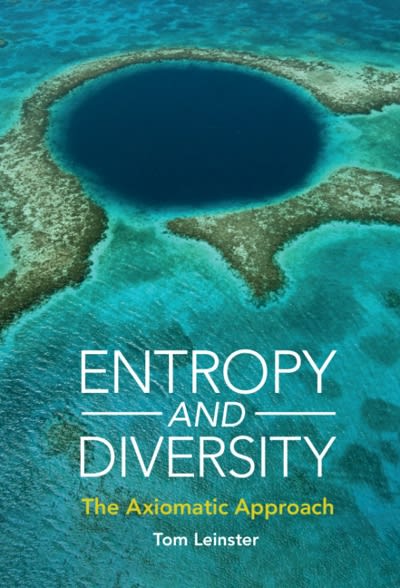
Answer the last question
write m... P (68) Pin.. s; the Tyera Mckenzie 04/10/22 2:28 PM Homework: 10.1 HW - The Language of Hypothesis Testing Question 6, 10.1.34 Part 3 of 3 HW Score: 30.25%, 30.25 of 100 points Points: 20.25 of 27 Save According to a food website, the mean consumption of popcorn annually by Americans is 55 quarts. The marketing division of the food website unleashes an aggressive campaign designed to get Americans to consume even more popcorn. Complete parts (a) through (c) below. are (a) Determine the null and alternative hypotheses that would be used to test the effectiveness of the marketing campaign. Ho: 55 H, : 55 Type integers or decimals. Do not round.) ) A sample of 817 Americans provides enough evidence to conclude that marketing campaign was effective. Provide a statement that should be put out by the marketing department. are A. There is sufficient evidence to conclude that the mean consumption of popcorn has stayed the same. *B. There is not sufficient evidence to conclude that the mean consumption of popcorn has stayed the same. C. There is not sufficient evidence to conclude that the mean consumption of popcom has risen. D. There is sufficient evidence to conclude that the mean consumption of popcom has risen. Suppose, in fact, the mean annual consumption of popcorn after the marketing campaign is 55 quarts. Has a Type I or Type II error been made by the marketing department? If we tested this hypothesis at the a = 0.1 level of ata nificance, what is the probability of committing this error? Select the correct choice below and fill in the answer box within your choice. pe an integer or a decimal. Do not round.) A. The marketing department committed a Type II error because the marketing department rejected the nul hypothesis when it was true. The probability of making a Type II error is B. The marketing department committed a Type II error because the marketing department did not reject the alternative hypothesis when the null hypothesis was true. The probability of making a Type II error is C. The marketing department committed a Type I error because the marketing department rejected the null hypothesis when it was true. The probability of making a Type I error is The marketing department committed a Type I error because the marketing department did not reject the alternative hypothesis when the null hypothesis was true. The probability of making a Type | error is








